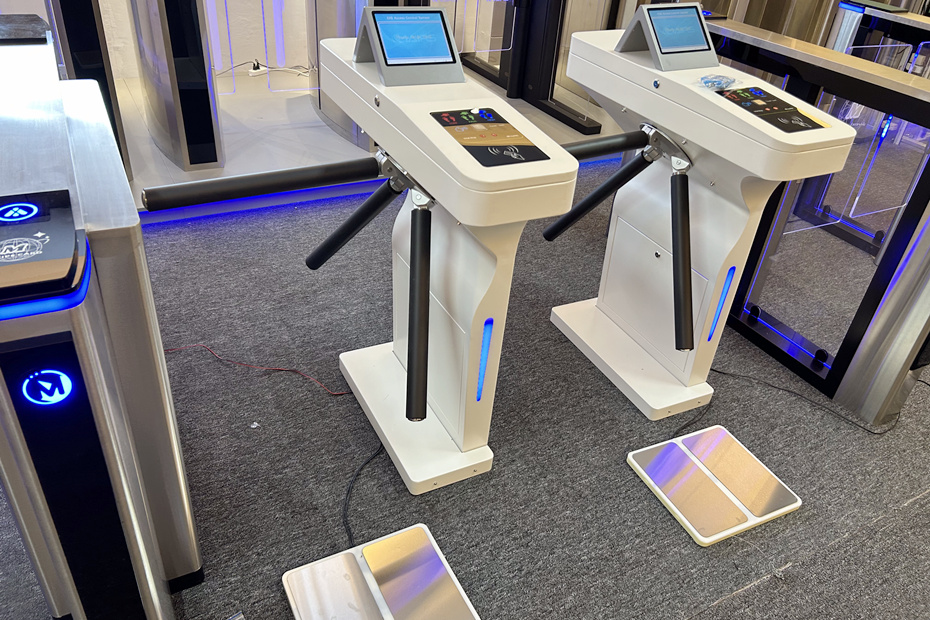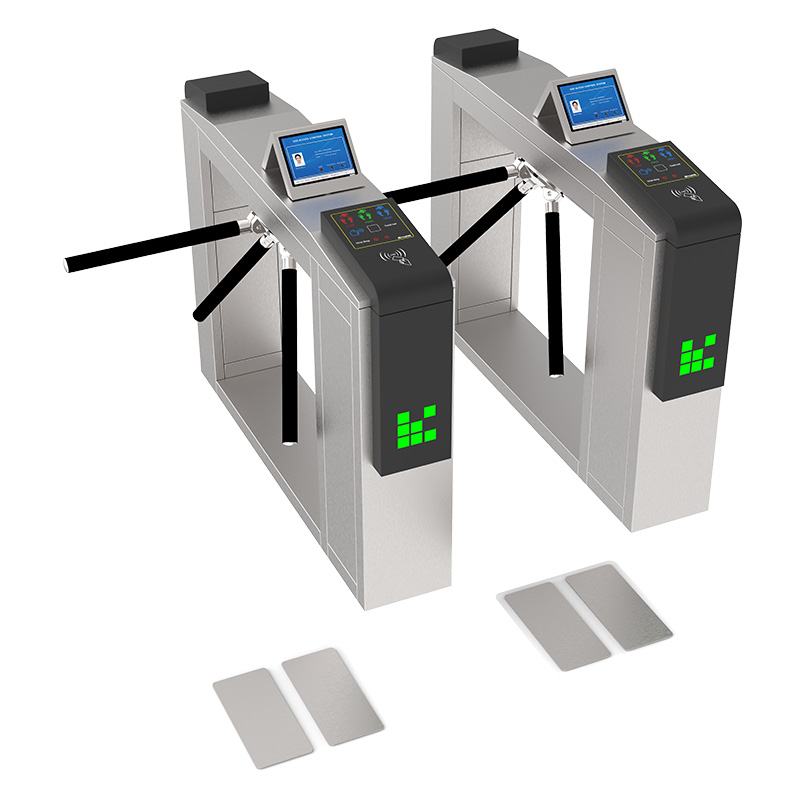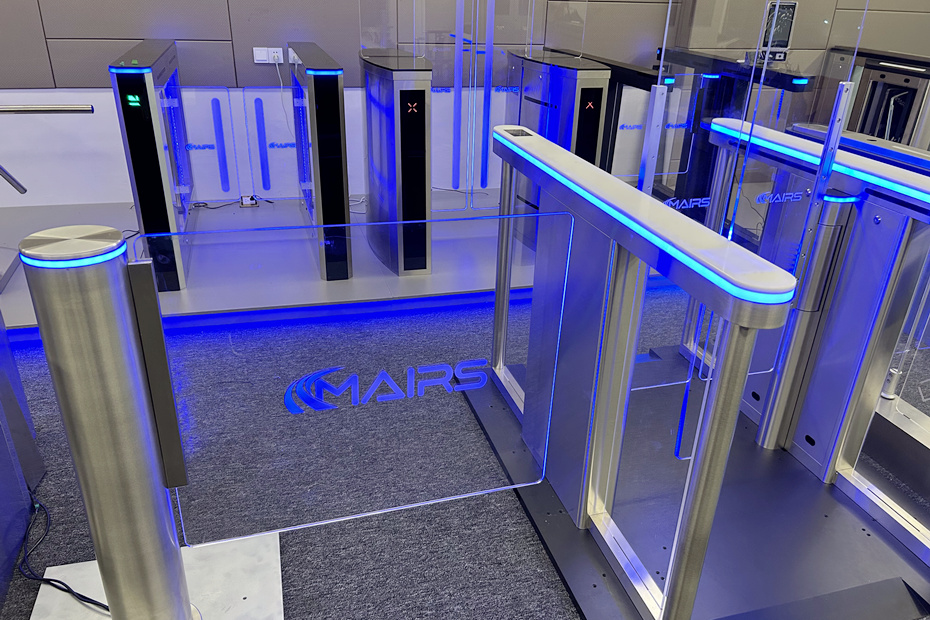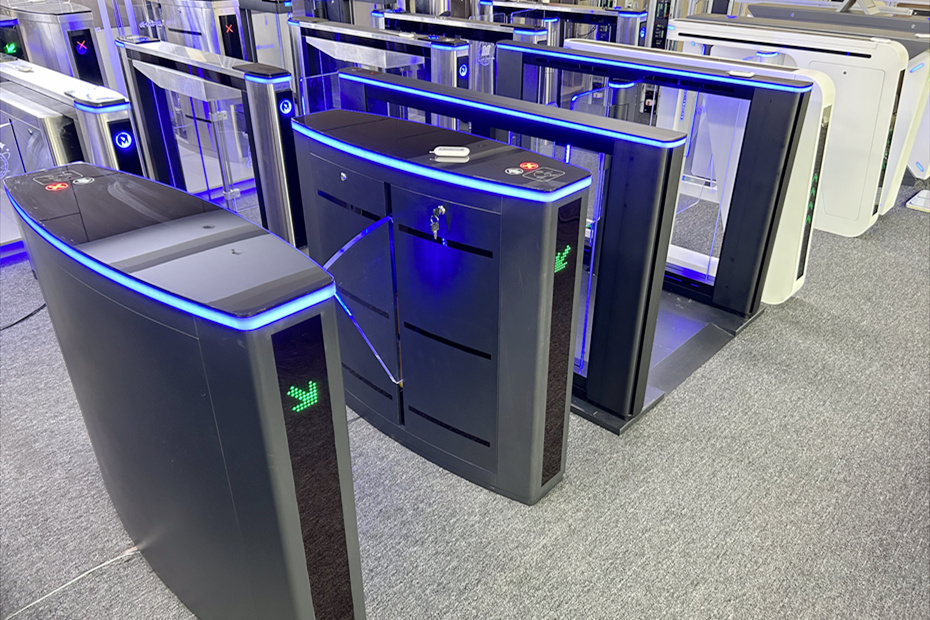Last updated on: December 20th, 2024 17:36 pm
Why install an ESD turnstile?
ESD turnstile installation is an issue that customers are very concerned about, Many customers are concerned that if they purchase the ESD turnstile and do not know how to install it, what should they do?
Static electricity is an objective natural phenomenon that occurs in various ways, such as contact, friction, etc. The characteristics of static electricity are high voltage, low charge, low current, and short action time. It is a major challenge for the industry. In the production and manufacturing process of products, static electricity can bring us unexpected troubles and troubles, such as “products are prone to adsorbing charged dust and being contaminated”, “magnetic fields generated in the production environment cause damage to equipment components”, “electromagnetic interference caused by ESD”, and so on. Among them, ESD, also known as electrostatic discharge, poses the greatest harm.
Over the years, we have been continuously solving this problem, and now we have a complete ESD turnstile gate system solution, which is why we need to install ESD turnstiles. Let’s take a closer look at the ESD turnstile installation preparation and steps.
Preparation before installation:
Before ESD turnstile installation, it is necessary to ensure that the on-site power supply is connected and a reliable grounding device is available (if possible, reserve the power cord, network cable, and grounding wire in advance).
Prepare the necessary tools and materials, such as impact drills, screwdrivers, wires, etc.
An ESD turnstile gate needs to be prepared in advance with a computer, mouse, and keyboard (anti-static management software needs to be installed).
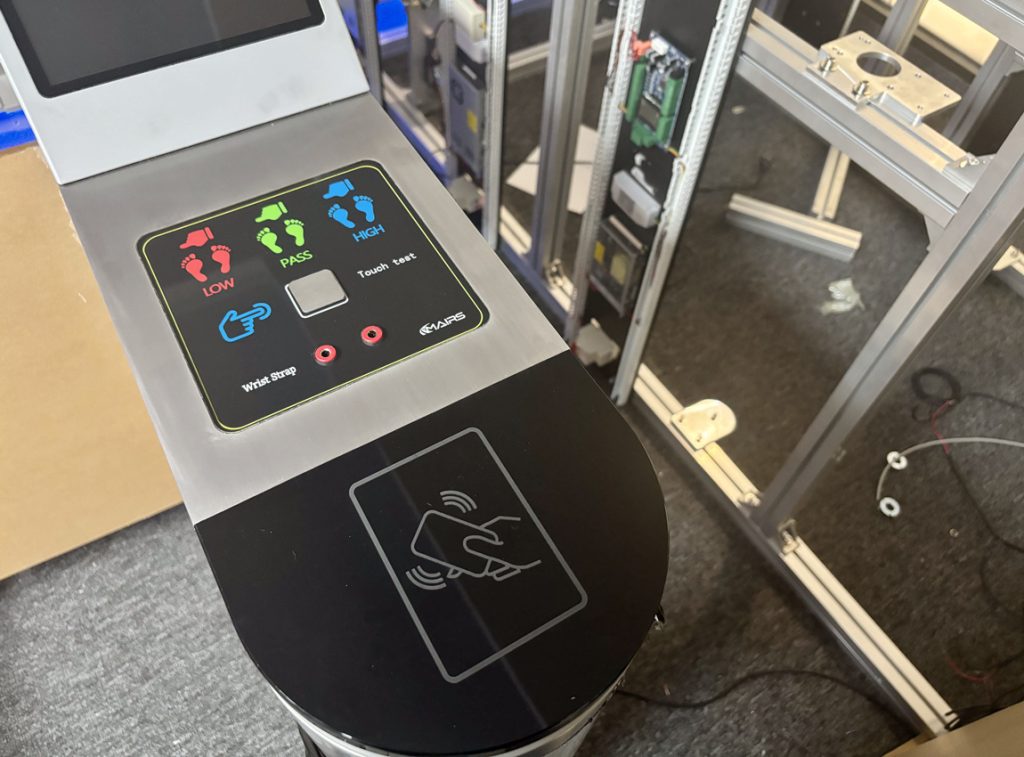
ESD turnstile Installation steps:
Positioning: Based on the ESD turnstile installation drawings, determine its specific location and mark it with a marker pen.
Drilling: Starting from the marked position, use an impact drill to drill holes. The ESD turnstile machine has four holes (two in front and two in the back), with a drill bit diameter of 14mm and an expansion bolt diameter of 10mm
Installation of ESD gate: After drilling the holes, place the ESD gate on the hole position and fix it with expansion bolts. Ensure that the gate is level and perpendicular to the ground. Because our ESD tester is already integrated on the turnstile, there is no need to install it separately.
Set ESD tester IP: Ensure that the ESD tester IP and the computer on which the ESD software is installed are on the same local area network.
Authorization Card: Add card information and number to the ESD software. Then search for the ESD device in the software settings, find the device name and IP address you just set, and issue parameters to the found device
Install a card reader or facial recognition device: The card reader is installed on the back of the card swiping window at the forefront of the gate, with a card slot reserved on the back to fix the card reader. Simply place the card reader and lock it with screws. The facial recognition device is directly fixed on the surface of the reserved hole, and can be connected to the power and network cables.
Connection line: According to the wiring diagram, connect the anti-static gate to the power supply, grounding wire, network cable, and anti-static management machine and other equipment. Ensure that the wiring connections are correct and secure.
Debugging and testing: After completing the line connection, perform debugging and testing to ensure that the Mairs anti-static switch can operate normally.
Installation completed: After confirming that the anti-static gate can operate normally, clean the site and complete the ESD turnstile installation.
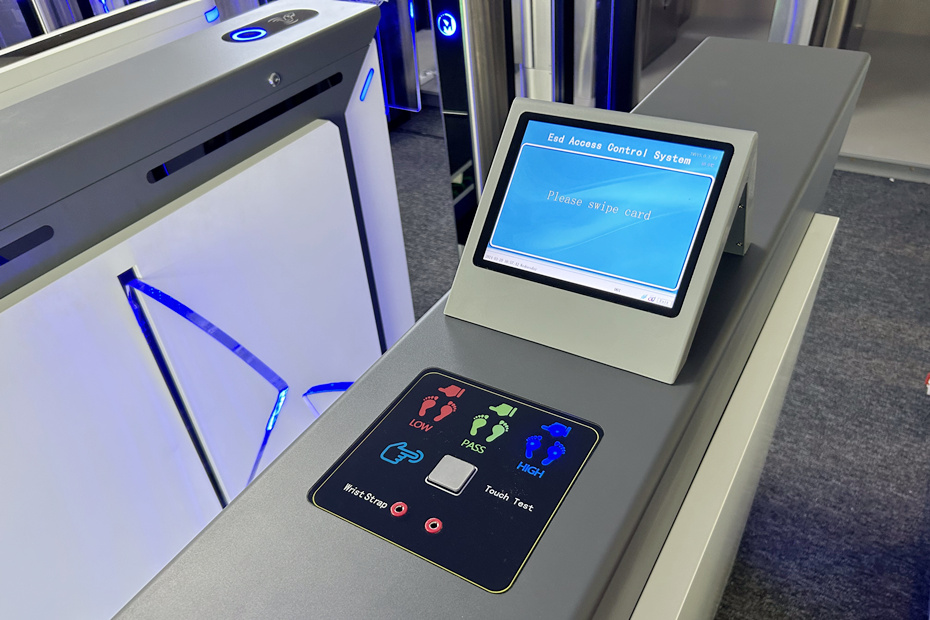
Matters needing attention:
During the construction process, the ESD turnstile installation requirements should be strictly followed to ensure the safe and stable operation of the equipment.
Use appropriate tools for construction and pay attention to safe operations.
During the ESD turnstile installation process, damage to equipment and other items should be avoided.
During debugging and testing, all parameters should be carefully checked to ensure the normal operation of the equipment.
Maintenance and upkeep:
Regularly inspect the ESD turnstile gate, including the operation status of the equipment and the connection of the circuit.
Regularly clean the surface of the equipment and dust on the foot pedal every day, and maintain anti-static access control cleanliness.
Regularly inspect the grounding wire of the equipment to ensure accurate testing and reliable connection.
If any abnormal situation is found, it should be promptly reported to the Weiliang manufacturer and the abnormal situation should be recorded.

Emergency situation handling:
In case of emergency, the power should be immediately cut off to ensure that the gate is in a free passage state, and relevant personnel should be notified for handling.
If the equipment malfunctions, it should be immediately stopped and maintenance should be carried out by contacting Weiliang technical personnel.

